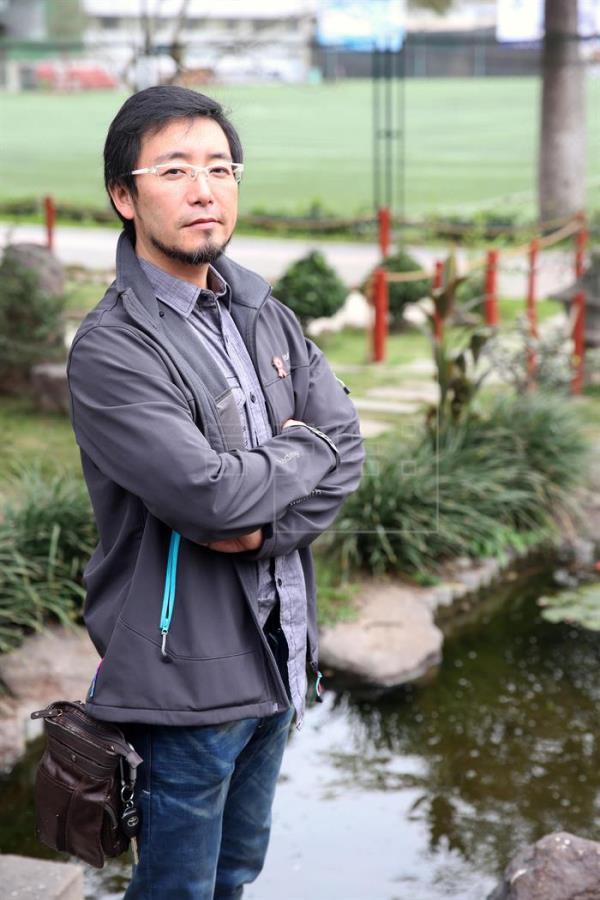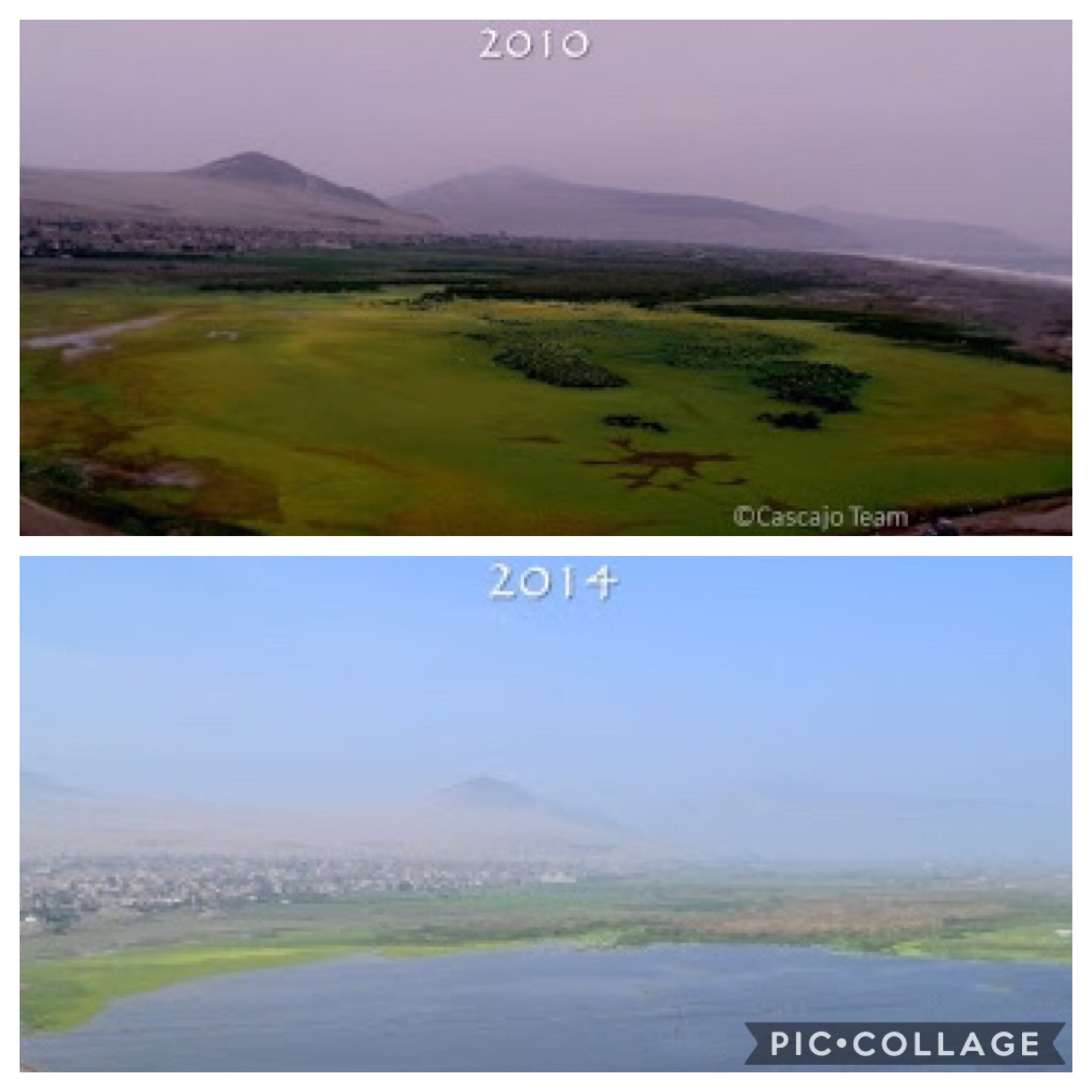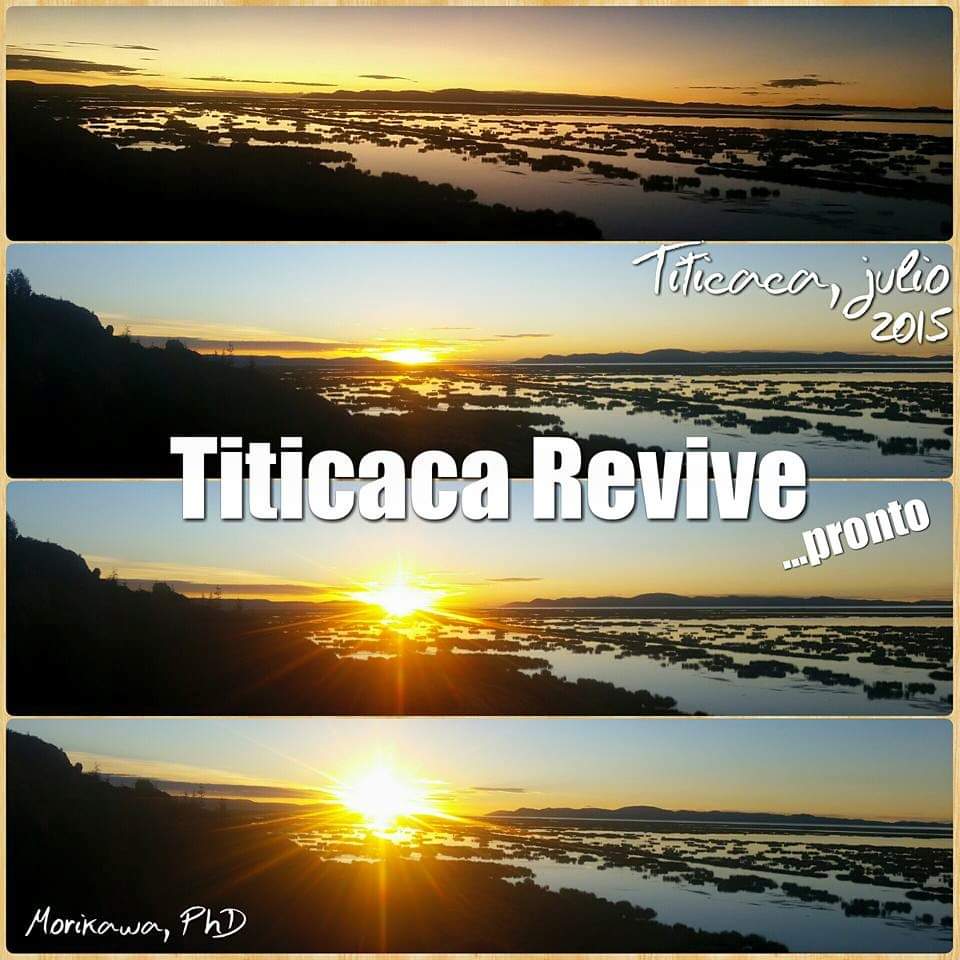
- Sustainable Planet -
- 4mins -
- 11,484 views
Discover how one man cleaned a contaminated lake in Peru using “nano-bubbles”
Peruvian-Japanese scientist Marino Morikawa, who “revived” the polluted El Cascajo wetlands in just 15 days using nanotechnology, now plans to try to clean up Lake Titicaca.
How nanotechnology saved a contaminated lake in Peru
Marino Morikawa, a Japanese-Peruvian scientist, has invented a nano-bubbling system, made up of bubbles 10,000 x smaller than those in a soda beverage, which, as they float to the surface, transfix viruses and bacteria. The environmental scientist also designed clay biological filters that hold pollutants at the surface to be decomposed by bacteria. Morikawa’s attempt was successful and once again migratory birds flock to the El Cascajo wetlands on their way from Canada to Patagonia. Interestingly, the solution used in this process is totally organic and even edible.
Peruvian scientist Marino Morikawa, “revived” polluted wetlands in 15 days using nanotechnology
El Cascajo, an ecosystem of roughly 50 hectares (123 acres) in Chancay district, located north of Lima, began its recovery in 2010 with two inventions that Morikawa came up with using his own resources and money.
The idea of restoring the wetlands came from a call from Morikawa’s father, who told the scientist that El Cascajo, where they used to go fishing when Marino was a child, “was in very bad condition,” Morikawa told EFE.
Marino Morikawa, who earned a degree in environmental science from Japan’s Tsukuba University, visited the wetlands and found a dump for sewage ringed by an illegal landfill where migratory birds fed. The filthy swamp was covered by aquatic plants, Morikawa told Agencia EFE.
Morikawa set out to find a way to decontaminate the wetlands without using chemicals, and his first invention was a micro-nanobubbling system, which consists of bubbles 10,000 times smaller than those in a soda beverage and remain in the water between four and eight hours.
The environmental scientist also designed biological filters with clay to retain inorganic pollutants, such as heavy metals and minerals, that adhere to surfaces and are decomposed by bacteria.
In just 15 days, the effort led to a revival of the wetlands, a process that in the laboratory had taken six months.
” Nature does its job. All I do is give it a boost to speed up the process,” Morikawa said.
By 2013, about 60% of the wetlands was populated by migratory birds, especially Franklin gulls that used El Cascajo as a stopover on their route from Canada to Patagonia.
Since then, Morikawa, who has helped in the recovery of 30 habitats around the world, has set his sights on two ecosystems that are emblematic in Peru, with Lake Titicaca a priority.
Source: AgenciaEFE

“Never use an expensive resource in a poor area, while you can use the home material,” For his work in Peru, Marino Morikawa used ceramic biofilters that he produced by himself in local pottery courses. Source: EFE/ErnestoArias
The only equipment used was materials that are available in any hardware store
The micro-nano bubbling system consists of introducing microbubbles in the depths of polluted waters that attract bacteria and polluted microorganisms.
“Think of soda bubbles,” explains Morikawa. “Everybody can see the bubbles rising to the surface. Now imagine a bubble ten-thousand times smaller and imperceptible to the human eye. Since it is so small, it is a lot slower and takes 5 to 8 hours to reach the surface.
The micro-nano bubble has an electromagnetic field of positive and negative ions that works as a magnet. On the way to the surface of the water, it attracts viruses and bacteria, thus catching them like in a spider’s web.”
Once attracted by the ‘magnet’, the viruses and bacteria can’t move anymore and die. But in case the bubbles still reach the surface, they turn into gas and disappear due to radiation and ultraviolet rays.
The second method Morikawa used was biofilters.
A biofilter is a media bed that different types of microorganisms attach to and form a biological layer called a biofilm. It attracts water bacteria and preserves the good species that contribute to micro-flora conservation and bioremediation.
Biofilters are commonly used in water treatment worldwide, but they have to be adapted to the specific conditions of the local water. For his work in Peru, Morikawa used ceramic biofilters that he produced by himself in local pottery courses.
While it took Marino six months of research to develop the nanotechnology system, the practical application went comparatively quickly:
In just 4 months, he had decontaminated the entire wetlands. At least 40 species of migratory birds have returned to El Cascajo Lake, and 10 fish species have come back to inhabit its waters.
What’s more: the only equipment Morikawa used was materials that are available in any hardware store. “Never use an expensive resource in a poor area, while you can use the home material,” is one of his principles.
Source: Tea-after-twelve.com
If you want to find out more details, download this PDF with more information.

Before and after nano-bubble treatment The micro-nano bubble has an electromagnetic field of positive and negative ions that works as a magnet. On the way to the surface of the water, it attracts viruses and bacteria, thus catching them like in a spider’s web.” Once attracted by the ‘magnet’, the viruses and bacteria can’t move anymore and die. But in case the bubbles still reach the surface, they turn into gas and disappear due to radiation and ultraviolet rays. Source: AgenciaEFE

Morikawa has his sights set on the recovery of Lake Titicaca, the largest lake in South America Located 4,000 meters (13,115 feet) above sea level between Peru and Bolivia, and is polluted by sewage. The second project aims to restore the Huacachina lagoon near the southern city of Ica, where water stopped seeping in naturally in the 1980s. Source: Facebook/morikawaphd
This article was first published Apr 11, 2019.

